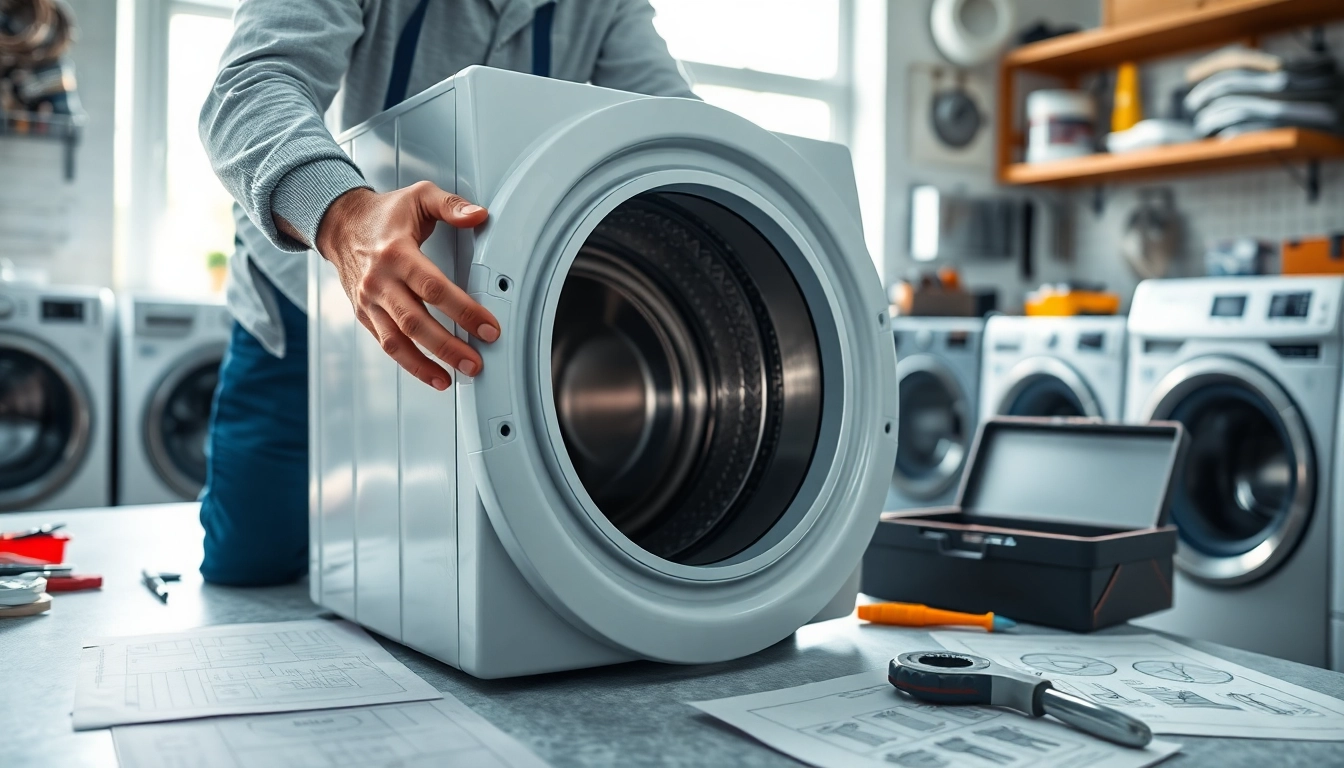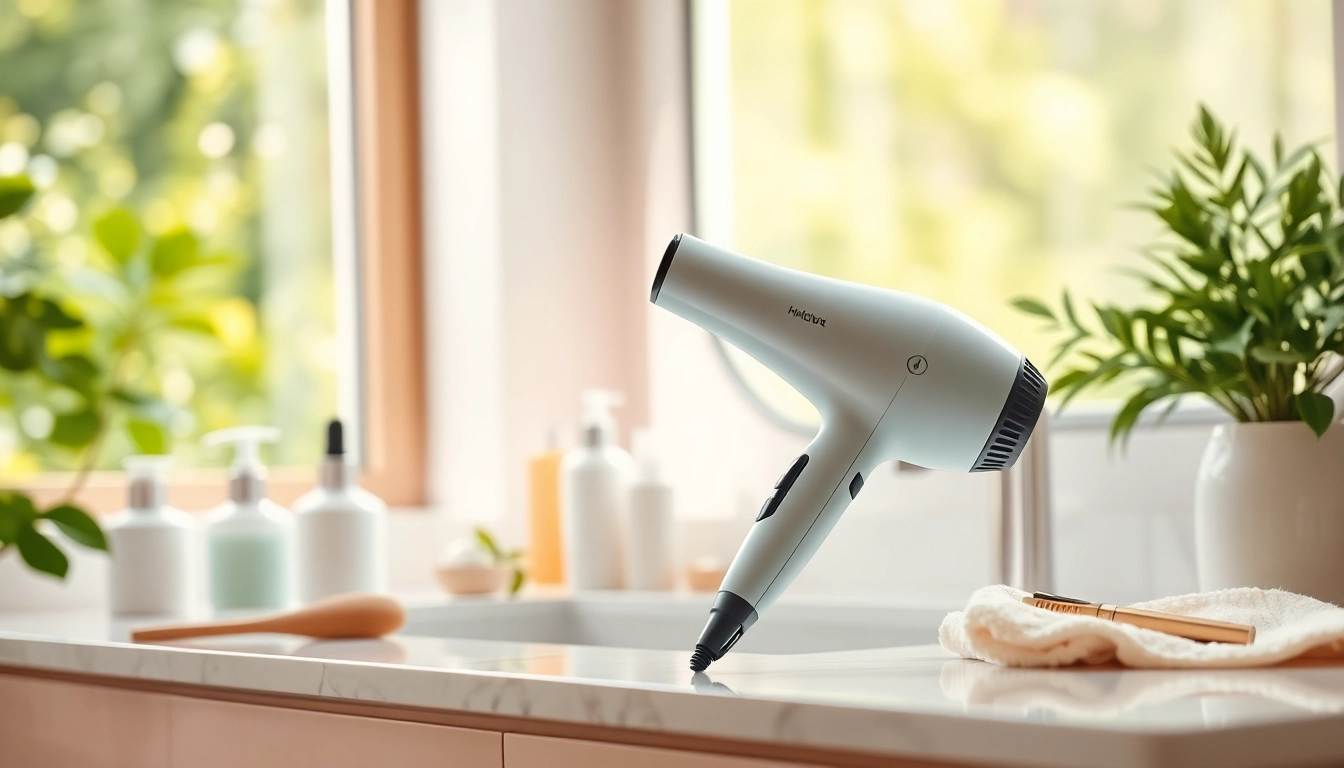Understanding Common Washer Issues
Washing machines are essential household appliances that simplify laundry tasks. However, just like any other machine, they can encounter various issues that limit their effectiveness. Understanding these common problems is crucial for timely intervention. Being aware of the signs that indicate you need washer repair can save you time, money, and hassle.
Identifying Signs You Need Washer Repair
If you notice any unusual behavior from your washing machine, it might be time to seek a professional assessment. Here are some common signs that your washing machine requires attention:
- Unusual Noises: Grinding, banging, or whirring sounds can indicate issues with the motor or internal components.
- Leaking Water: Puddles around the washer could signal a damaged hose or seal.
- Failure to Start: If the washer doesn’t respond when you press the start button, electrical or mechanical issues might be the cause.
- Poor Cleaning Performance: Clothes that come out still dirty may suggest problems with water flow or detergent distribution.
- Excessive Vibration: A washing machine that shakes or moves excessively can indicate unbalanced loads or internal issues.
- Odors: A musty or moldy smell might indicate trapped water and mold growth inside the drum.
Common Problems with Washing Machines
Understanding specific issues can help you identify the problem swiftly:
- Clogged Filters: Filters can become blocked with lint and debris, hindering water flow.
- Belt Issues: The washer belt may wear out or break, preventing the drum from turning properly.
- Pump Malfunctions: If the pump is faulty, it can lead to drainage problems and water accumulation.
- Electrical Failures: Power supply issues can cause the machine to fail to start or function erratically.
How to Assess Damage Before Repair
Before opting for washer repair, it’s vital to perform an initial assessment:
- Visual Inspection: Check for leaks, worn belts, and any visible damages around the machine.
- Listen for Sounds: Note any unusual sounds when the machine operates and consider their potential causes.
- Run Basic Tests: Attempt to run a cycle on various settings to observe functionality in different situations.
- Check Error Codes: If your washer has a digital display, refer to the manual for any error codes shown during operation.
DIY Washer Repair: When to Attempt It
While some washer issues warrant professional help, others can be handled through do-it-yourself (DIY) repairs. Knowing what you can feasibly fix yourself will save you money and time.
Simple Repairs You Can Handle
There are several basic repairs that homeowners can manage without extensive training:
- Replacing Hoses: A worn or leaking hose is often easy to replace with a new one.
- Cleaning Filters: Regularly cleaning lint and debris from filters can enhance performance.
- Leveling the Washer: Adjusting the legs can solve vibration problems caused by an unlevel machine.
- Resetting the Machine: Sometimes, an electrical reset can resolve temporary issues.
Tools Required for Basic Washer Repair
Having the right tools can make DIY repairs much more manageable. Consider gathering the following:
- Screwdriver Set: Essential for opening the machine and accessing internal components.
- Pliers: Handy for removing and tightening hoses and fittings.
- Towels: Useful for cleaning up any spills or leaks while working.
- Leveling Tool: Ensures your washer is correctly positioned if you’re adjusting it.
Safety Precautions During DIY Repairs
Safety should always come first when attempting any repairs:
- Unplug the Machine: Before doing any work, always disconnect the power supply.
- Use Proper Gear: Wear gloves and safety goggles to protect yourself from injury.
- Work in a Clean Space: Ensure your working area is free of clutter and hazards.
- Consult Manuals: Read the user and repair manuals to understand the unique aspects of your washer before proceeding.
Choosing the Right Replacement Parts
When your washer requires parts replacement, it’s crucial to select the right components to ensure proper functioning.
How to Select Quality Parts for Washer Repair
Opting for high-quality parts can greatly impact your washer’s performance:
- OEM vs. Aftermarket: Original Equipment Manufacturer (OEM) parts are generally more reliable than aftermarket alternatives.
- Read Reviews: Check reviews from other users to assess the reliability of the parts you’re considering.
- Compatibility: Confirm that the parts match your washer model to avoid installation issues.
Where to Find Genuine Replacement Parts
Finding the right components is essential for effective repairs. Here are some reliable resources:
- Manufacturer’s Website: Often, the most reliable source for OEM parts is directly from the manufacturer’s official website.
- Authorized Retailers: Check with authorized appliance retailers for genuine parts.
- Local Appliance Repair Shops: Sometimes local shops carry parts and can offer expertise on specific needs.
Understanding Warranty and Guarantee Options
When purchasing replacement parts, it’s prudent to consider the warranty and guarantee options:
- Check for Warranty: Look for parts that come with a warranty for additional peace of mind.
- Return Policies: Understand the seller’s return policy in case the part does not fit or work as expected.
- Professional Services: Some repair services provide guarantees for installed parts, adding further protection for your investment.
Professional Washer Repair Services
When DIY solutions aren’t enough, professional washer repair services are there to help repair your appliance effectively.
Benefits of Hiring a Professional Technician
Engaging a professional for washer repairs offers several advantages:
- Expert Knowledge: Technicians have training and experience, allowing them to diagnose problems quickly.
- Efficient Repairs: Professionals can usually complete repairs faster due to their expertise.
- Quality Assurance: Services often guarantee their work, providing added assurance of reliability.
How to Choose a Reliable Repair Service
Selecting the right repair service is critical:
- Read Reviews: Look at online reviews and ratings to gauge customer satisfaction.
- Check Credentials: Ensure that technicians are certified and have the necessary licenses and insurance.
- Ask for Estimates: Request detailed estimates to compare service costs and what they include.
Cost vs. Value: Is Professional Repair Worth It?
Understanding the cost of professional service versus the value it brings is essential for decision-making:
- Cost Consideration: Weigh the cost of repairs against the price of a new washer. In some cases, repairs can be more economical.
- Long-Term Savings: Proper repairs can extend your machine’s lifespan, resulting in savings over time.
- Less Risk: Hiring a professional minimizes the risk of further damage during repairs.
Preventive Measures for Washer Maintenance
Taking preventive measures can prolong your washer’s life and enhance performance.
Regular Maintenance Tips for Longevity
Simple routine tasks can help maintain your washing machine’s performance:
- Clean the Drum: Regularly clean the drum with vinegar to prevent odors and mold.
- Check Hoses: Inspect hoses for wear and tear monthly to prevent leaks.
- Run Hot Wash Cycles: Occasionally, running a hot water cycle can help eliminate detergent residue and buildup.
How to Keep Your Washer Running Smoothly
In addition to maintenance, considering usage habits can play a vital role:
- Don’t Overload: Avoid overloading the machine to reduce strain on internal parts.
- Use Appropriate Detergent: Ensure you use the right type and amount of detergent for your washer type.
- Level the Washer: A well-leveled washer operates optimally and minimizes vibrations.
Signs Your Washer Needs Professional Evaluation
Even with routine maintenance, certain signs indicate the need for a professional inspection:
- Frequent Breakdowns: Regularly occurring issues often point to larger underlying problems.
- Unexpected Noise: Consistent odd noises that don’t coincide with regular cycles can require expert troubleshooting.
- Electrical Issues: Frequent tripping of circuit breakers during operation often necessitates professional evaluation.



